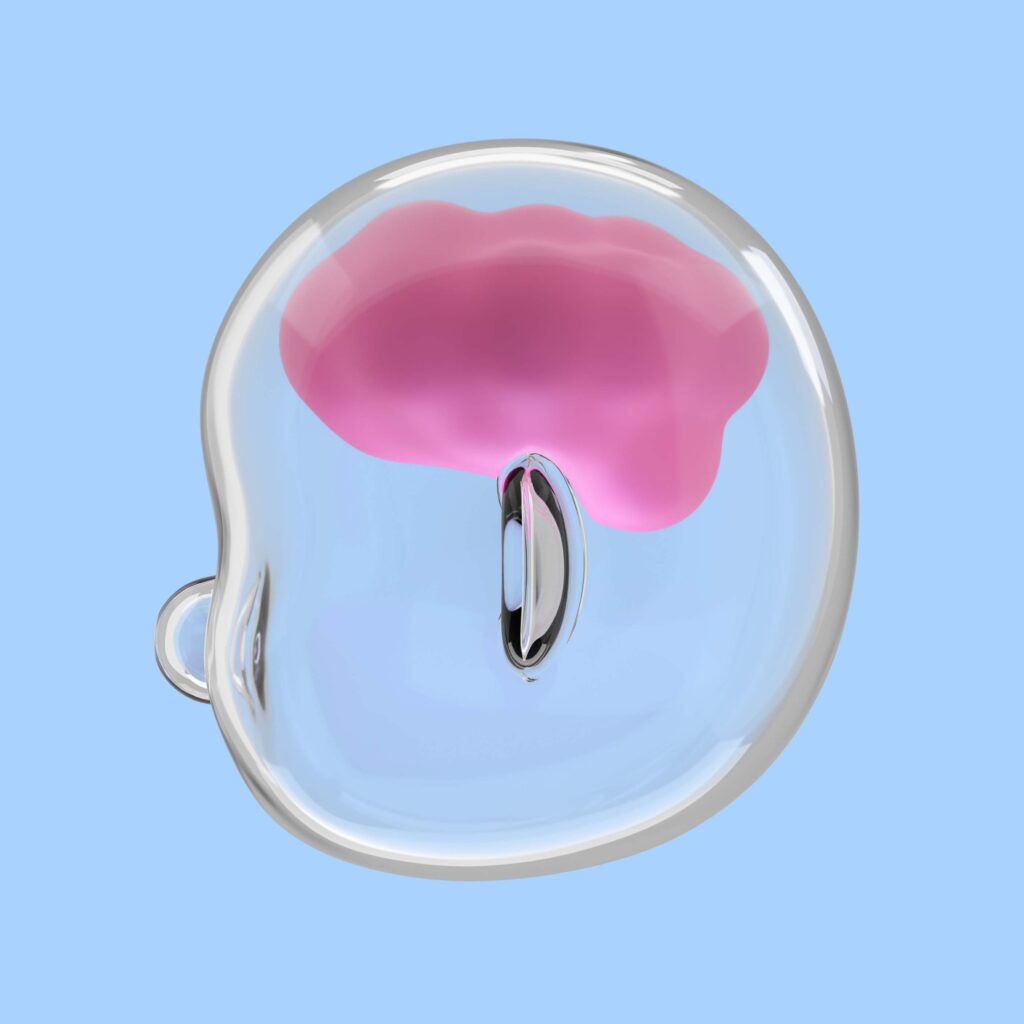Embryo Freezing

Embryo freezing, also known as embryo cryopreservation, is a process commonly used in assisted reproductive technology (ART) to preserve embryos for future use. It involves freezing embryos created through in vitro fertilization (IVF) so they can be stored for later transfer into the uterus, allowing individuals or couples to preserve their fertility and have the option of conceiving a pregnancy at a later time.
Process of Embryo Freezing:
Ovarian Stimulation and Egg Retrieval: The woman undergoes ovarian stimulation with fertility medications to produce multiple eggs, which are then retrieved from the ovaries through a minor surgical procedure called transvaginal ultrasound-guided follicle aspiration.
Fertilization: The retrieved eggs are fertilized with sperm in the laboratory, either through conventional insemination or through a process called intracytoplasmic sperm injection (ICSI), where a single sperm is injected directly into each egg.
Embryo Culture: Fertilized eggs (embryos) are cultured in the laboratory for several days to allow for development. During this time, they are monitored for signs of normal development.
Embryo Freezing: Once the embryos reach a suitable stage of development (typically at the blastocyst stage, around 5-6 days after fertilization), they are frozen using a process called vitrification. Vitrification involves rapidly cooling the embryos to very low temperatures using cryoprotectant solutions, which prevents ice crystal formation and preserves the structural integrity of the embryos.
Storage: The frozen embryos are stored in liquid nitrogen at very low temperatures (typically around -196°C) in specialized facilities known as cryobanks or fertility clinics.
Reasons for Embryo Freezing:
Fertility Preservation: Embryo freezing allows individuals or couples undergoing IVF treatment to preserve excess embryos that are not transferred in the current cycle for future use.
Medical Reasons: Individuals facing medical treatments such as chemotherapy or radiation therapy that may affect fertility can freeze embryos before treatment to preserve their ability to have biological children in the future.
Genetic Testing: Embryo freezing allows for preimplantation genetic testing (PGT) to be performed on the embryos before transfer, screening for genetic abnormalities or chromosomal disorders.
Considerations:
- Success Rates: The success of embryo freezing and subsequent thawing depends on various factors, including the quality of the embryos, the freezing and thawing process, and the woman’s age at the time of embryo transfer.
- Storage Fees: There are ongoing storage fees associated with embryo freezing, and individuals should consider the long-term costs involved.
- Ethical and Legal Considerations: Embryo freezing raises ethical and legal issues related to consent, ownership, and future use of the embryos, particularly in cases of divorce, separation, or changes in reproductive intentions.
Embryo freezing offers individuals or couples the opportunity to preserve their fertility and have the option of conceiving a pregnancy at a later time, providing flexibility and peace of mind in their reproductive journey.
